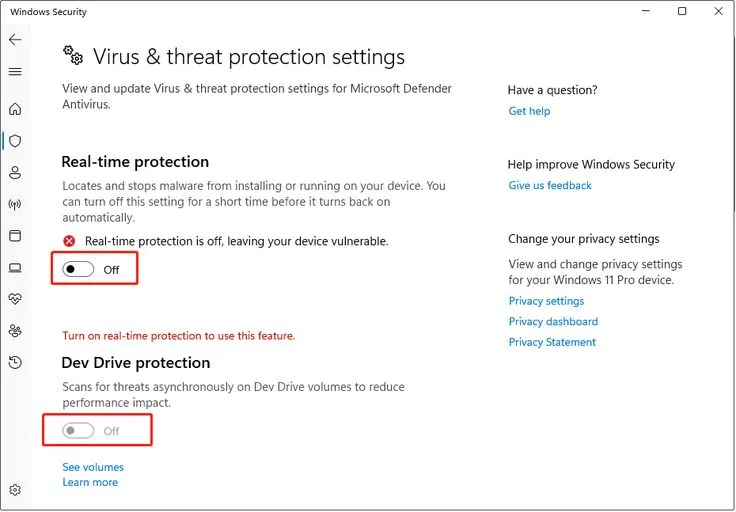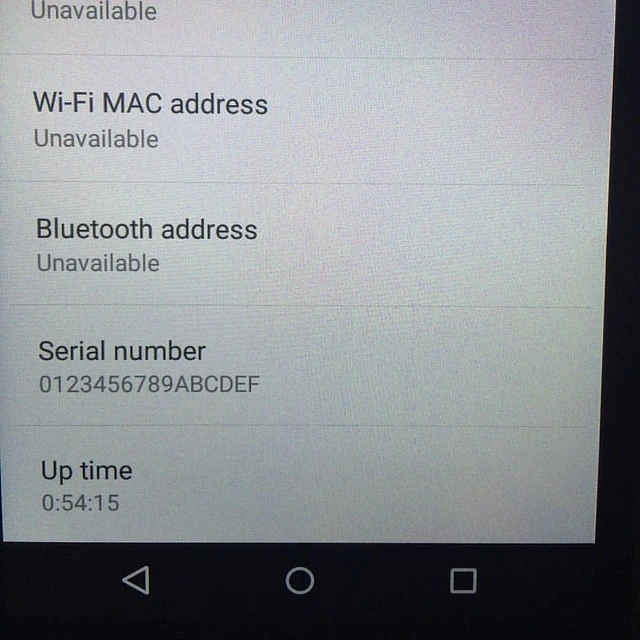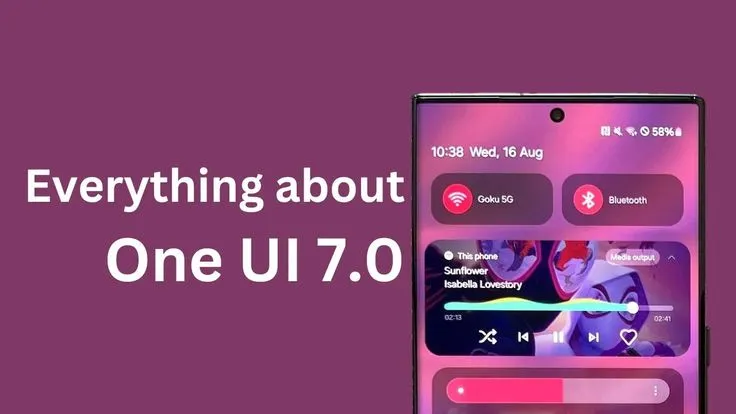The world has been interconnected, and individuals, in recent days, tend to use different numbers of devices in a single day. Screen Shifting The shift between screens, smartphones, tablets, laptops, and smart TVs is now seamless when it comes to the consumer, and many consumers will expect this seamless experience to be replicated by brands. Companies that can deliver on this expectation will prosper; those that cannot will struggle. That’s where Boost UX With Cross Device Experience Host comes in handy.
The CDEH is as much a mindset as it is a technology solution. Instead, it is a matter of creating a digital environment where users experience continuity and personalization, regardless of the device they are using. Let’s discuss how businesses can turbocharge their UX [with a cross-device experience host], why this is a must-have, its elements, hurdles, immunity breakers, and future development pathways in this comprehensive story.
Understanding CDH (Cross Device Experience Host)
Hosted Cross Device Experience—A system and method reduces disruptions in a user’s activity when a user uses multiple devices. Be it an e-commerce website, a streaming service, or a productivity application, this host makes sure users can switch devices and still retain their progress, preferences, and even content.
For example, a customer is on her mobile device perusing a clothing website over lunch. Later, they shop on their tablet and finally make a purchase on their laptop in the evening. A cross-device experience host that helps tie all of this together by making sure that it all feels connected and as smooth as possible.
The Importance of Powering UX With Cross Device Experience Host
The Shift in User Behavior
Consumers don’t use a single device. Studies indicate that nearly 80% of people use multiple devices as they complete a task. This emerging behavior requires that companies deliver a seamless experience to keep users engaged and converting.
Increasing the Satisfaction of Your Customers
All of this means less frustration and (hopefully) a higher level of satisfaction when users can get back to their work. Bumpy device switching has been a top reason for abandonment, but this risk disappears when a smooth cross-device experience is offered, keeping users engaged and happy.
Driving Business Growth
Happy users are those who are more inclined to convert and stick around. Providing a seamless cross-device experience results in increased CTR, better repeat rate, and lasting client loyalty, thus helping your business grow.
Cross Device Experience Host Core Features
Unified User Identity
At the heart of any cross-device experience is the cross-device identity resolution. This can be achieved through:
- Account-based logins
- Social media integrations
- Device fingerprinting
- Cookies and session tracking
Precise user identification also means that preferences, history, and actions sync between all your devices.
Centralized Data Storage
Activity logs, user preferences, and user data are all saved on a cloud server. This lets any participating device be capable of expounding the current status of a user’s interaction, and the same will deliver a uniform experience.
Real-Time Synchronization
Reliable synchronization makes sure that your information is always up to date. Be it files or objects, every minute or every second, from every page change to every object updated, real-time sync is a seamless transition.
Adaptive Interfaces
Each device comes with its own screen size, input options, and unique capabilities. The cross-device experience host needs to be capable of adapting the interfaces so that the user experience is optimized for the specific device but remains familiar across devices in the context of design and functionality.
Real-world Use Cases of Boost UX With Cross Device Experience Host
Netflix
Netflix provides an excellent cross device experience. You can begin watching a show on your smart TV, pick it up on your smartphone during the workday, and complete it on your laptop. The progress is synced across devices and makes for a seamless user experience.
Google Docs
You can begin typing a document on your desktop, for example, and continue editing it on your smartphone. Your changes are saved online, and all your devices are automatically synced and instantly updated with the latest documents.
Amazon
Amazon’s shopping experience is another great example. You can look at items on your mobile app, but then you add them to the cart and check out from the desktop. That continuity makes shopping easy and user-friendly.
Increase UX With Cross Device Experience Host
Understand Your User Journeys
The first step is to map out how your users engage with your brand across devices. Identify:
- Popular transition points (such as on a mobile phone browsing from a desktop computer)
- High-friction moments
- Seamless handoff capabilities
Consider Implementing Cross-Platform Login Systems
Get people signed up or logged in with social logins so you can stay on top of their data across devices. This makes it easier to manage identities and customize.
Utilize Cloud-Based Application Architecture
A powerful cloud-based system enables centralized data and real-time sync, which is key to a seamless multi-device experience.
Consistent and Flexible Design
Keep a unified design language and adapt the user interface on each platform to its particular strengths. Consistency leads to familiarity, and flexibility can lead to usability.
Optimize Performance
Each iteration of your platform should be as performant as it can be on your specific device. Don’t have extra mobile feature overhead that could slow down the experience, and use the desktop capabilities to provide more feature-rich experiences.
Secure Data Management
“It’s really about security and privacy. Strong encryption, two-factor authentication, and compliance with data protection laws such as GDPR an important aspects to protect the user data.
Troubleshooting the Cross Device Experience Host
Device Fragmentation
You guys have so many different devices and screen sizes and operating systems, making something that fast and efficient look good on all those screens is hard. Testing and design are both key to solving this.
Data Privacy Concerns
Then, the concept of privacy becomes an issue when it comes to handling user data across different devices. The report said that enterprises should also focus on transparency, data protection, and legal requirements.
Technical Complexity
Developing a cross-device experience host is a difficult task, requiring substantial technical investment: backend systems, real-time data synchronization, and APIs, among others.
User Authentication
Keeping authentication secure but convenient across devices can be a hassle. Options such as single sign-on (SSO) and biometric authentication can aid in streamlining this.
Best Practices to Enhance UX using Cross Device Experience Host
Prioritize User Needs
You have to prioritize the general use cases and focus on that one. That way, you can maximize the value you offer where it’s most needed.
Start Small and Scale
Start with features that should collectively benefit the most from continuity between devices. Get these in place first, and then migrate to more complex situations.
Leverage Analytics for Always-on Improvement
Track user behavior between devices to spot drop-offs and areas where you can improve. It can be used to optimize your cross-device experience over time.
Invest in Quality Assurance
We need to extensively test on all devices, platforms, and over all network conditions. Mirror real life always to be coherent and dependable.
Provide Clear Handoff Options
Facilitate cross-device transition of the user to a role/device. Examples: Allow doing so easily, for example, via:
- “Continue on another device”, CTA prompts
- QR code scan for quick transition
- Reminder alerts to its users on pending tasks
What’s next in cross device experience hosting
Integration with IoT
Cross-device experiences will extend beyond legacy devices as the Internet of Things (IoT) expands. Smart appliances, wearables, and connected cars will join the user journey.
AI-Driven Personalization
Predicting user behavior and delivering personalized cross-device experiences are going to rely heavily on AI.
Voice and Gesture Control
Voice interfaces and gesture-based interfaces. Double or nothing! Source: 91mobiles via werxl! Will also improve cross-device continuity so our interactions are even more seamless and instinctive.
Augmented and Virtual Reality
The immediate one (the next wave of innovation (and disruption) will be that of AR/VR, which will provide us with the ability to have cross-device experiences in a truly immersive manner, moving people to the digital world without any friction or hassle.
Evaluating the Effectiveness of the Cross Device Experience Host
User Engagement Metrics
Track how frequently a user jumps from one device to another and how long the user stays engaged. Greater engagement is a sign of an effective cross-device campaign.
Conversion Rates
Track conversion rates between devices to make sure smooth handovers translate into conversions or actions.
Customer Satisfaction
Gather feedback from the user base and track satisfaction numbers. High satisfaction indicates a good user experience.
Retention Rates
If users come back because of a good cross device experience, over time, you’ll have higher retention.
Conclusion
In today’s dynamic digital landscape, enterprises have to keep up with the multiple device habits of today’s consumer. Having a Cross Device Experience Host is not optional anymore; it’s mandatory to be competitive and to offer what customers expect. With user identity management, central data storage, real-time sync, responsive interfaces, and strong security, businesses are designed to overcome the UX cross-device challenge.
Yes, there are hurdles to jump, but the rewards count much more than the obstacles. Facilitating a consistent, individualized, and engaging experience on all those devices is not all about enhancing satisfaction, but it is also about generating loyalty, conversions, and legion of growth. As technology matures, we can only expect the cross-device experience to get better, to give a wider ground in which to explore innovation and enhanced customer engagement.
That is why now is the time to boost UX with Cross Device Experience Host. The businesses that adopt this philosophy will be at the forefront of the digital future.
FAQs
Q1: What does Cross Device Experience Host do?
A Cross Device Experience Host is a service that enables users to carry their experiences along in their journey across devices, all the while keeping context, data, and preferences in sync to ensure a seamless user experience.
Q2: Why does cross-device UX matter?
Unified user experience across devices guarantees a smooth transition between devices with no loss in progress, leading to higher satisfaction, less frustration, and better engagement and conversions.
Q3: How about real-time synchronization in cross-device hosting?
Real-time syncing synchronizes user data to all linked devices immediately, so you always have access to the most recent user information.
Q4: Which sectors are best served by hosting the cross-device experience?
Secure, harmonious multi-device use is an opportunity for e-commerce, streaming, productivity tools, banking, and education companies to provide enhanced experiences to their users.
Q5: What are the barriers to delivering cross-device UX?
These problems are related to devices, privacy, technical issues (including authentication), and runtime-related issues.









